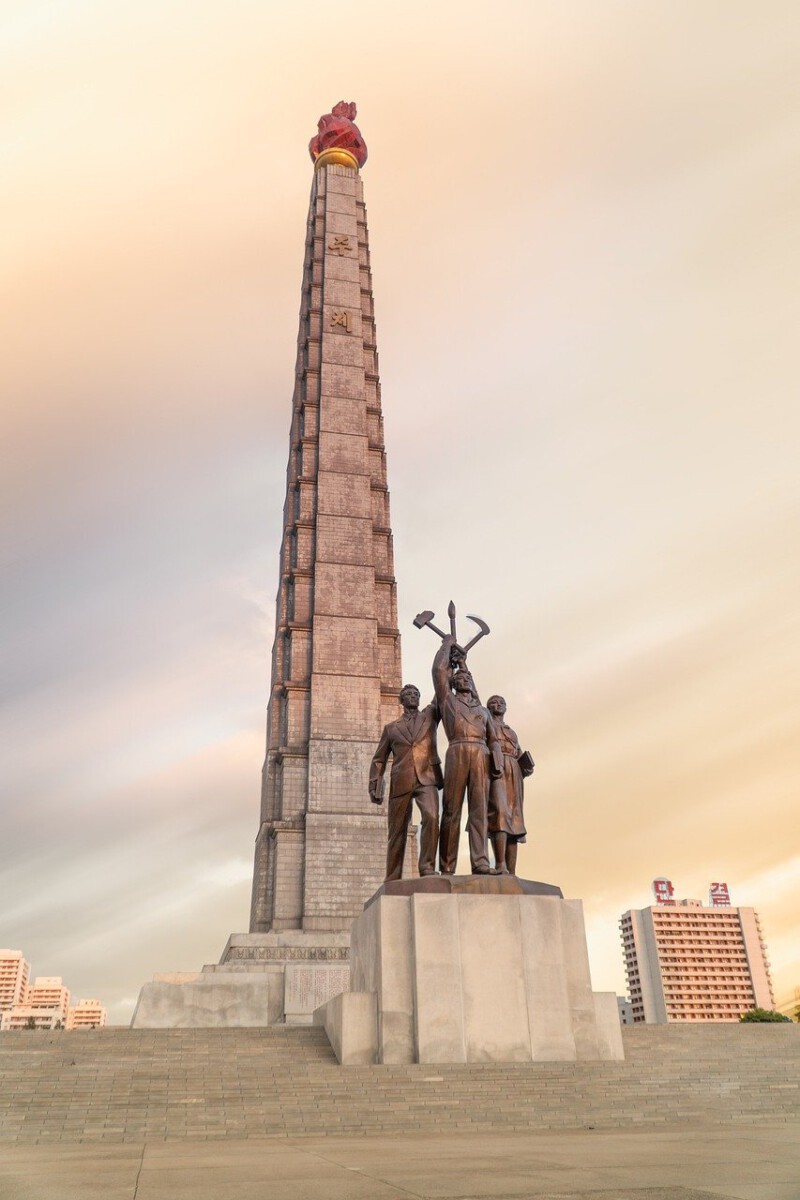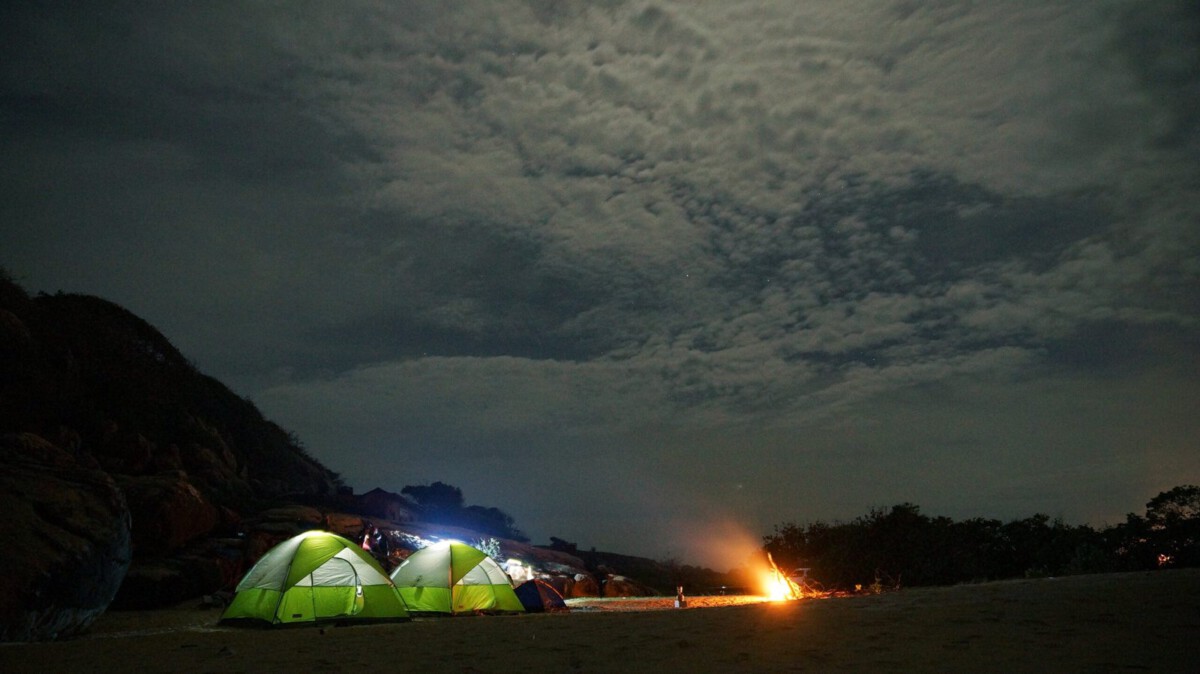1. Varanasi’s Death Rate Defies the National Average
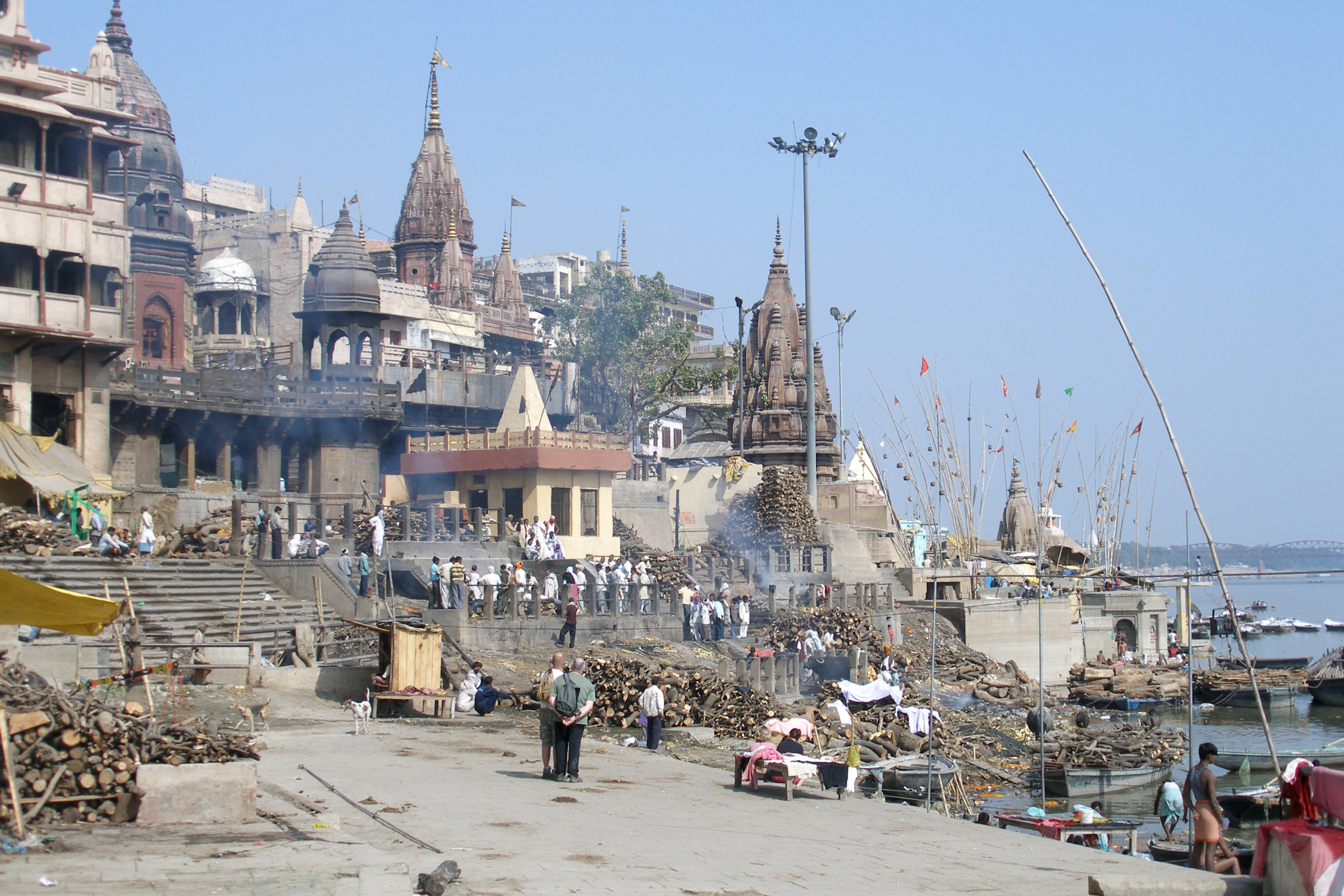
Every year, Varanasi records a death rate that outpaces the national average, with 2024 municipal data showing 15.2 deaths per 1,000 residents, compared to India’s overall 7.3. This dramatic difference is closely tied to the city’s reputation as the holiest place for Hindus to die, drawing tens of thousands of terminally ill pilgrims annually. According to the Varanasi Nagar Nigam’s 2024 report, nearly 18% of cremations conducted in the city are for non-residents. The Kashi Labh Mukti Bhawan, one of the most famous hospices, has reported a 12% increase in occupancy since January 2024. This influx places immense pressure on the city’s infrastructure and health services, prompting local authorities to request additional government funding earlier this year. A 2024 study by the Indian Council of Medical Research noted that the concentration of end-of-life care facilities in Varanasi is now the highest per capita in the country. The city’s unique death rate is not due to local poor health, but rather its spiritual significance and the influx of outsiders seeking salvation.
2. The “Salvation Economy” is Booming
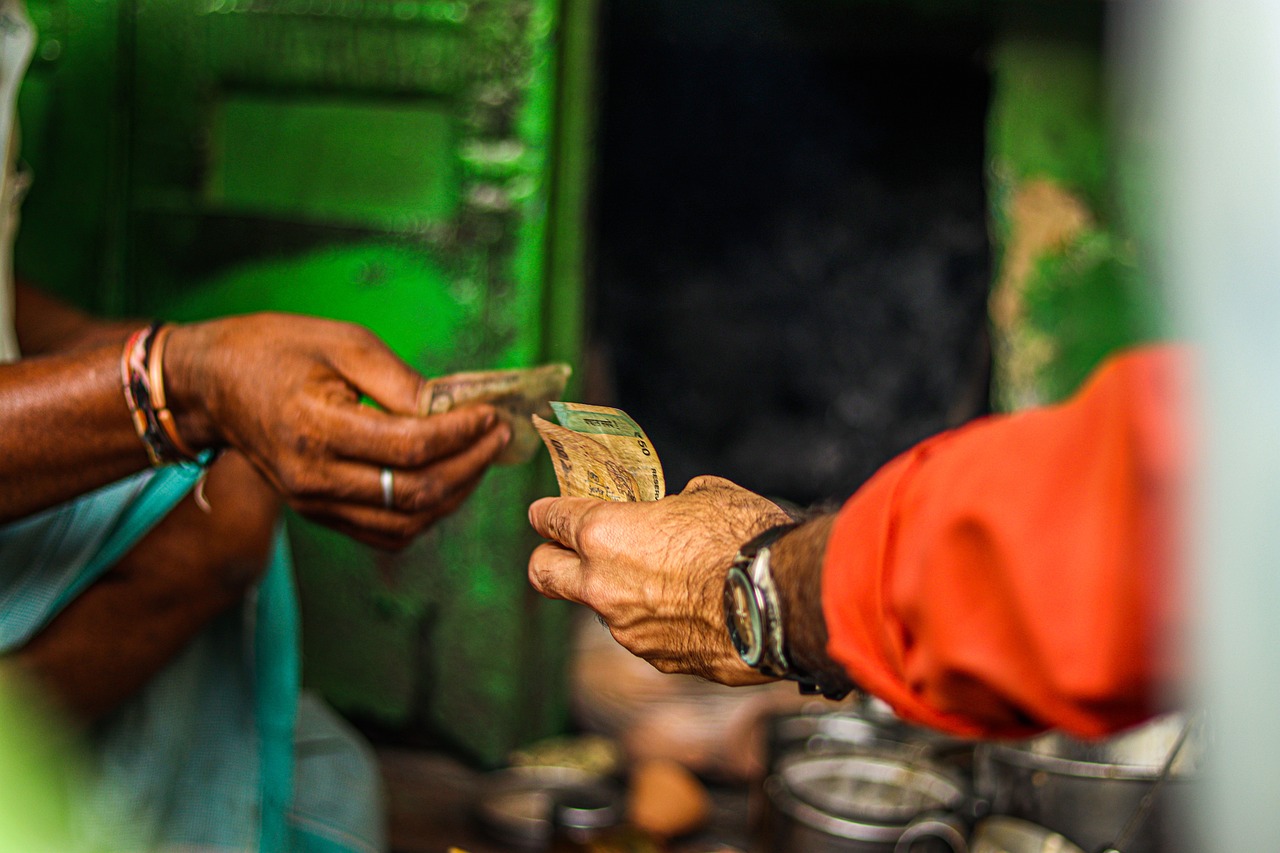
Recent financial data from the Uttar Pradesh Tourism Board revealed that Varanasi’s so-called “salvation economy” has ballooned to nearly $2.3 billion USD in 2024, up 19% from last year. The city’s economy thrives on the rituals, services, and accommodations tailored to those coming to die, including special guesthouses, funeral service providers, and religious guides. Over 6,700 registered businesses operate in funeral-related sectors, according to the 2024 Varanasi Chamber of Commerce. Mukti Bhawans, hostels where people wait for death, have nearly doubled in capacity since 2021. The city employs more than 40,000 people directly in cremation, river rituals, and associated trades. A surge in international interest, especially from the Indian diaspora, has led to a spike in premium services, like livestreamed last rites for families abroad. Economists now describe Varanasi as a “death tourism” hub, with the sector’s annual growth outpacing that of traditional pilgrimage tourism.
3. Pollution Levels Reach Record Highs Along the Ghats
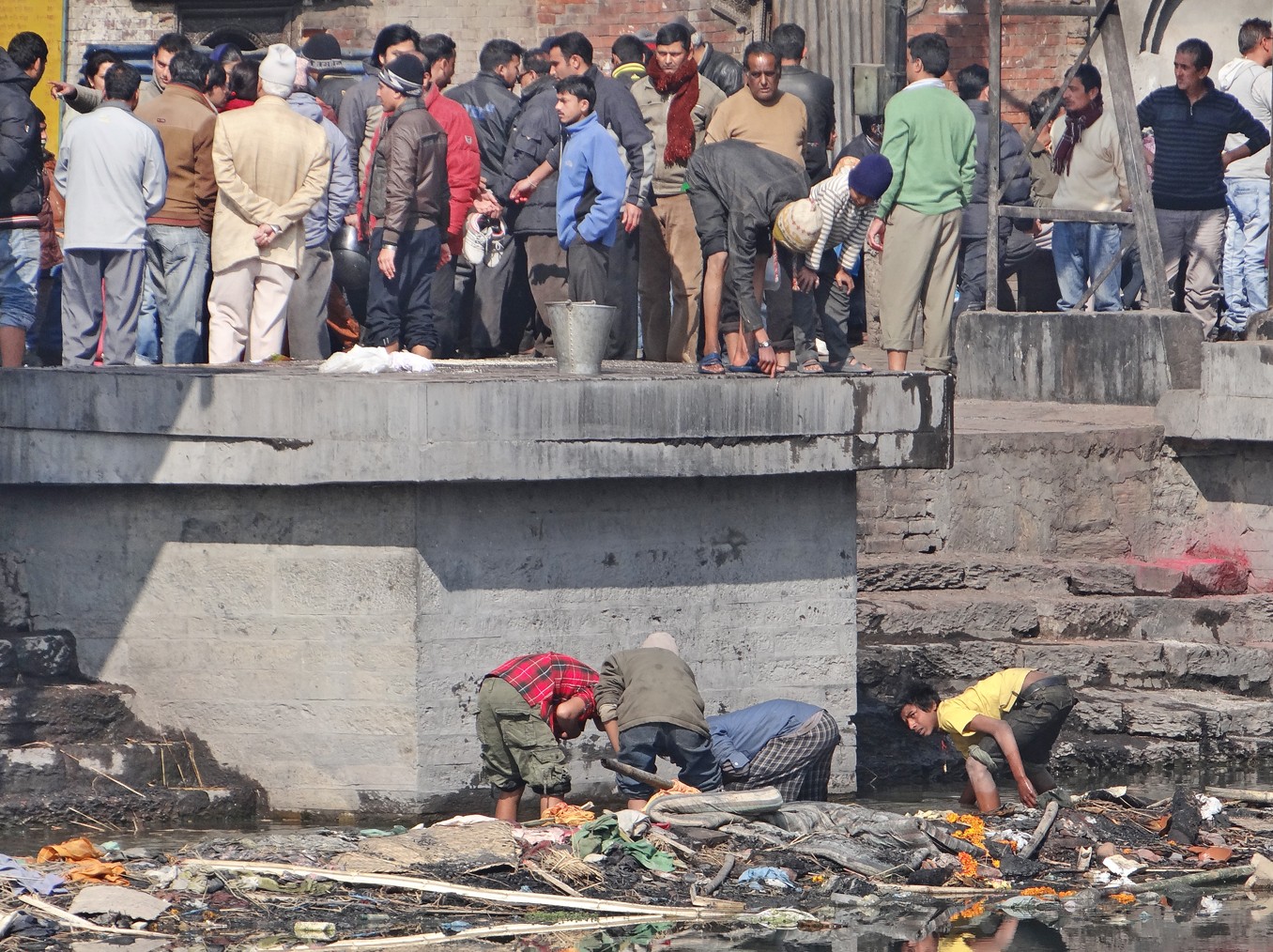
The National Green Tribunal’s April 2024 report highlighted Varanasi as having some of the highest air and water pollution indices in North India. During peak funeral months, particulate matter (PM2.5) concentrations near Manikarnika Ghat averaged 198 µg/m³—over four times the WHO safe limit. The Ganges has seen a 17% rise in biological oxygen demand (BOD) since 2023, signaling worsening water quality. Studies by the Central Pollution Control Board have attributed much of this to the 100,000+ cremations performed annually on open pyres, releasing tons of ash and unburned material into the river and air. Attempts to introduce electric crematoriums have met resistance from traditionalists, with only 12% of bodies cremated using modern methods in 2024. Local health officials reported a 23% rise in respiratory complaints among ghat workers this year. Environmental groups are calling for urgent reforms and stricter enforcement of pollution controls at the cremation sites.
4. The City’s Hospices Are Overwhelmed
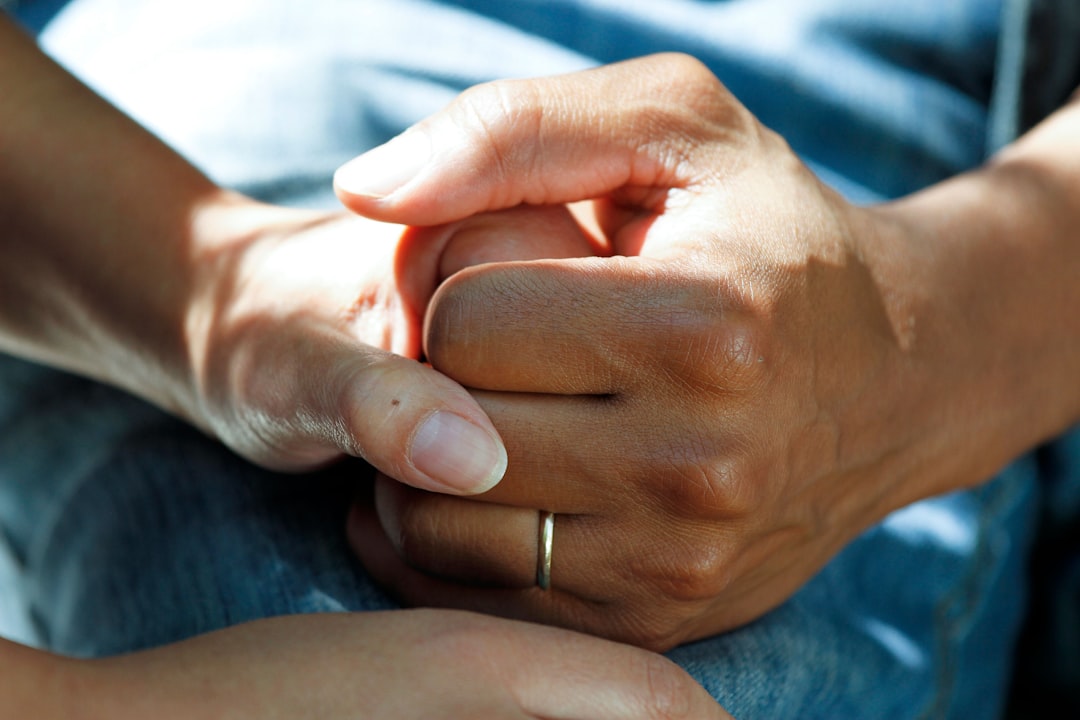
Varanasi’s famous hospices—like Kashi Labh Mukti Bhawan and Ganga Labh Bhawan—have been operating at nearly 98% occupancy since May 2024. The city’s 72 licensed hospices, originally built to serve local populations, now cater to a national and global clientele. Administrators report waiting lists of up to three weeks, a stark increase from the pre-pandemic average of three days. According to a 2024 survey by the All India Hospice Association, 61% of patients admitted this year came from outside Uttar Pradesh. Staff shortages have become acute, with some facilities reporting a nurse-to-patient ratio as high as 1:22. New government initiatives, announced in February 2025, aim to expand hospice capacity by 30% over the next two years, though critics argue this will not keep pace with demand. The city’s unique demographic profile—skewed heavily toward the elderly and terminally ill—has prompted calls for more specialized medical training and palliative care resources.
5. Digital Rituals Are Transforming Traditional Practices
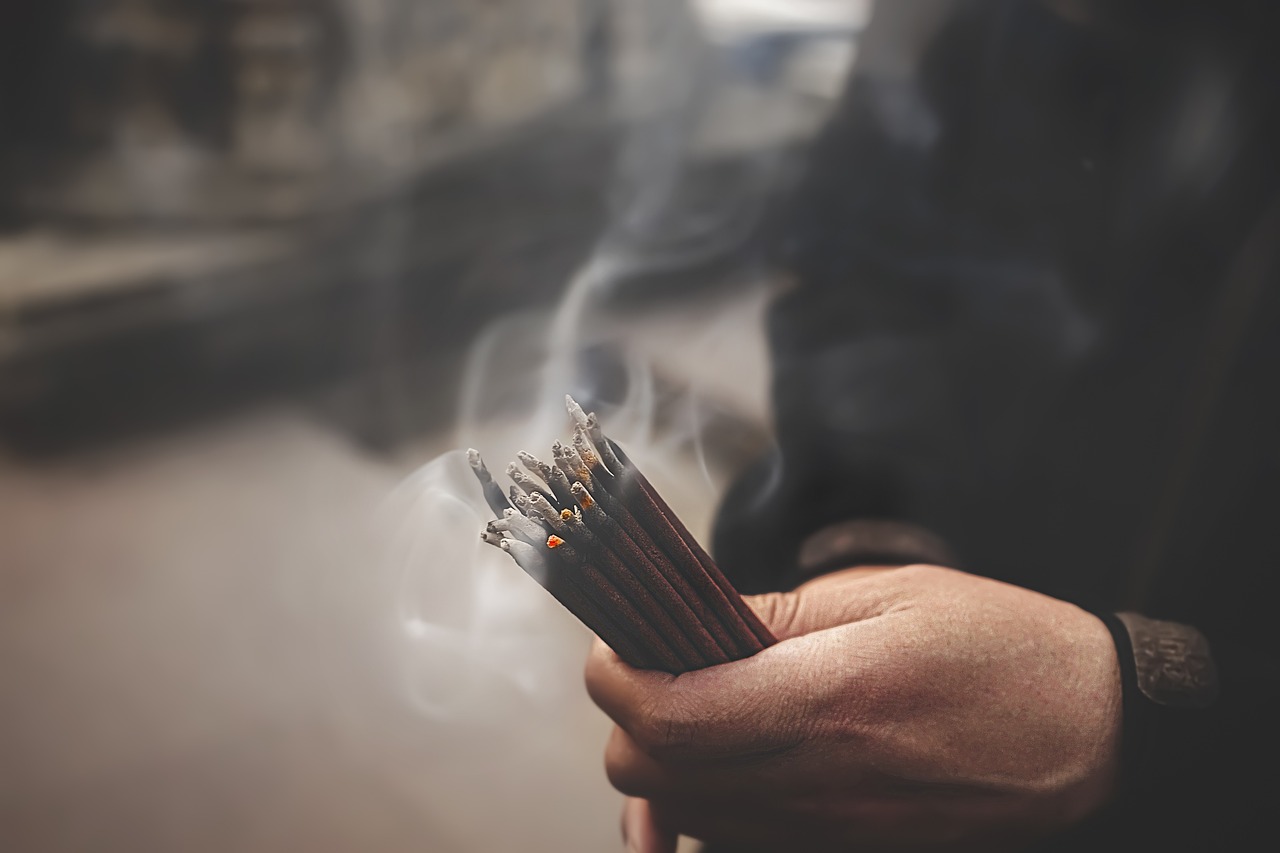
In 2024, more than 8,000 last rites were livestreamed from Varanasi’s ghats to families worldwide, according to data from local tech startup Moksha Live. The COVID-19 pandemic accelerated the adoption of digital services, and the trend has only grown: 37% of cremations in 2024 included some form of digital participation, versus just 4% in 2019. Funeral priests now commonly offer video consultations for families unable to travel, and online puja bookings have surged 60% year-on-year. Major platforms like Antim Sanskar Online have reported record-breaking traffic, especially from the US, UK, and UAE. This shift is not without controversy; traditionalists argue that virtual rituals diminish the sanctity of ancient customs. However, a 2024 research paper by the Banaras Hindu University’s Department of Sociology found that digital rituals have made the city’s spiritual practices more accessible, especially for the global diaspora, and are likely here to stay.
6. Cremation Wood Crisis Sparks Eco-Innovation
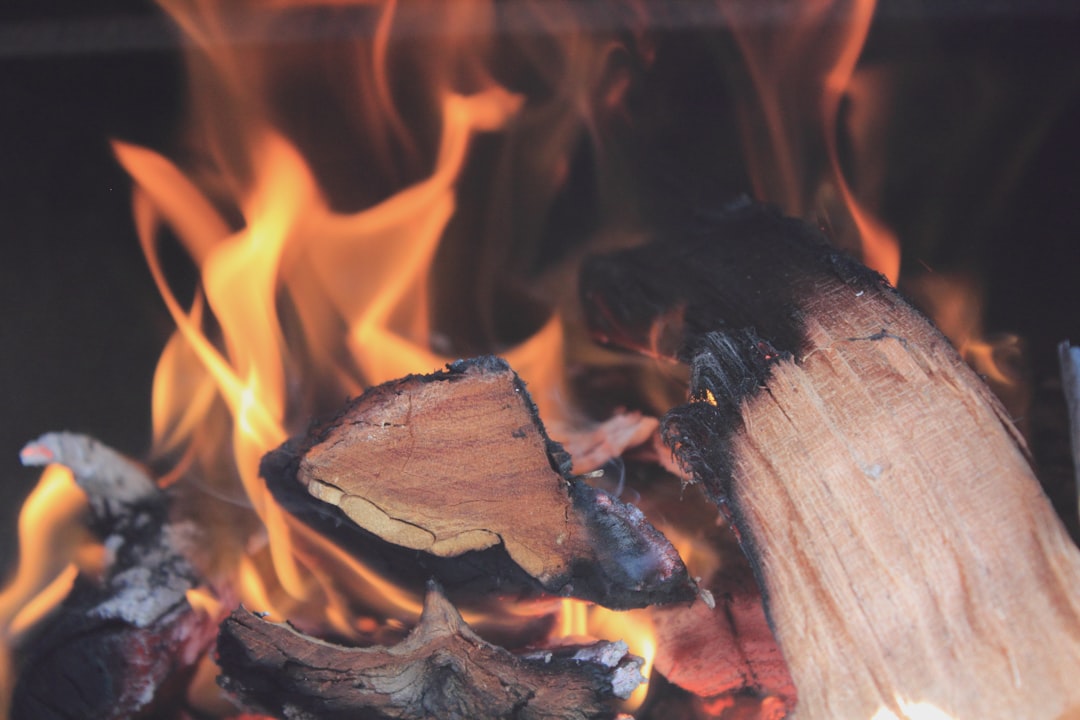
Demand for firewood in Varanasi’s open-air cremations reached an all-time high in March 2024, with city officials estimating 950 metric tons consumed per week. This unsustainable usage has led to sharp price hikes—wood now costs 34% more than in 2022. The forest department’s 2024 report warned of illegal logging spikes in nearby districts. In response, several NGOs, like Green Moksha, launched “eco-cremation” pilot programs using cow dung logs and compressed biomass, which now account for 9% of all cremations in the city. The Uttar Pradesh government announced a new subsidy scheme in January 2025 to encourage families to choose these alternative fuels. Feedback from bereaved families has been mixed, with some embracing the ecological benefits and others lamenting the loss of tradition. These innovations are slowly gaining ground, but experts say widespread acceptance will require time, education, and further incentives.
7. Medical Tourism for Death Is a Growing Trend
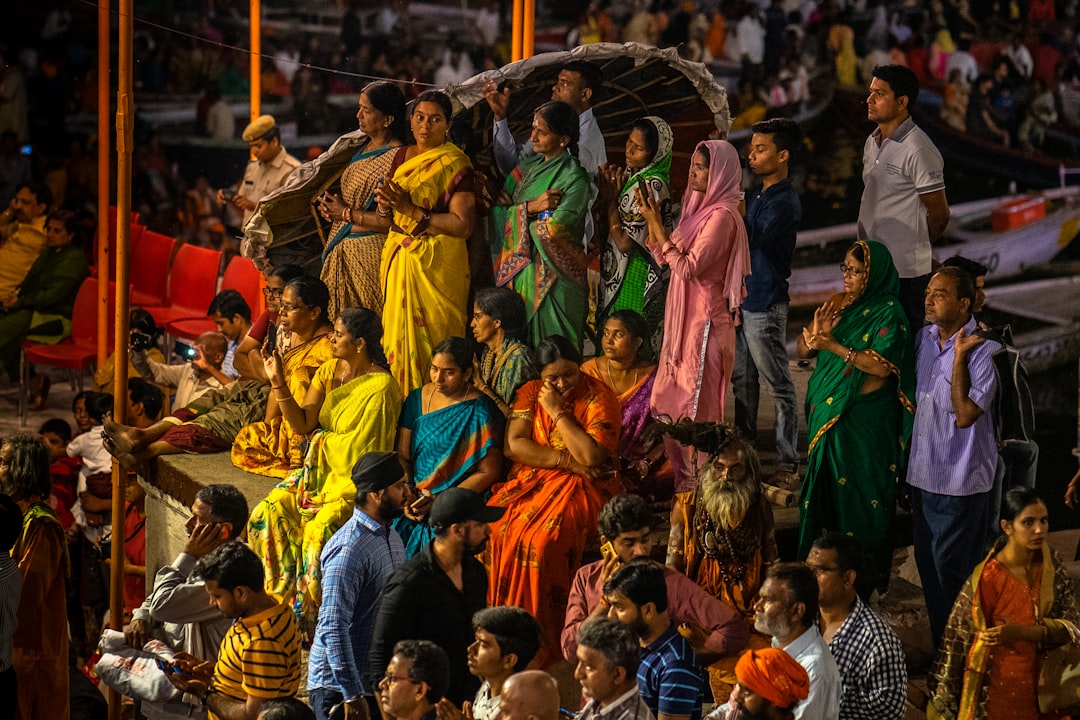
Varanasi has seen a sharp rise in “death tourism,” a term coined in a 2024 study by the Indian Medical Association. Increasingly, terminally ill patients from across India—and even from Nepal, Bangladesh, and Sri Lanka—are traveling to the city for their final days. Data from the city’s top 10 private hospitals shows a 21% year-on-year increase in palliative care admissions from out-of-state patients. Medical facilitators now actively market “end-of-life packages,” including hospice stays, medical care, and post-death rituals. According to the 2024 Healthcare Tourism Report, Varanasi is the only Indian city where inbound medical tourism is driven primarily by spiritual motivations rather than recovery. Private clinics have responded by expanding their palliative care wings and hiring multilingual staff. Critics warn that the trend is straining healthcare resources and shifting focus away from local patients’ needs.
8. Women’s Role in Death Rituals Is Quietly Shifting
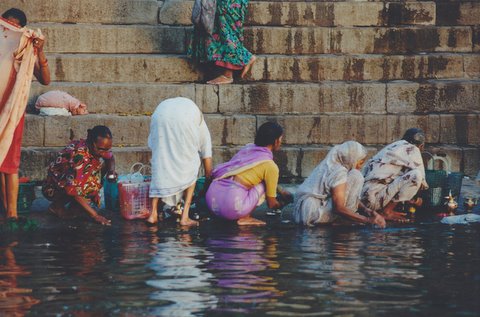
A quiet but significant change is occurring along Varanasi’s ghats: more women are participating in death rituals than ever before. A 2024 survey by the Varanasi Women’s Collective found that women performed or directly participated in 27% of last rites, up from just 13% in 2018. Traditionally, Hindu funeral customs in North India have excluded women from cremation grounds, but changing social attitudes and legal reforms are driving a shift. The city’s largest cremation ghat, Manikarnika, has hosted several high-profile female-led funerals this year, sparking national debate. Some religious leaders have publicly endorsed the change, while others remain staunchly opposed. Local NGOs have launched education campaigns to support women’s involvement and protect them from harassment at the ghats. The trend is expected to accelerate, with younger generations pushing for greater equality in spiritual practices.

